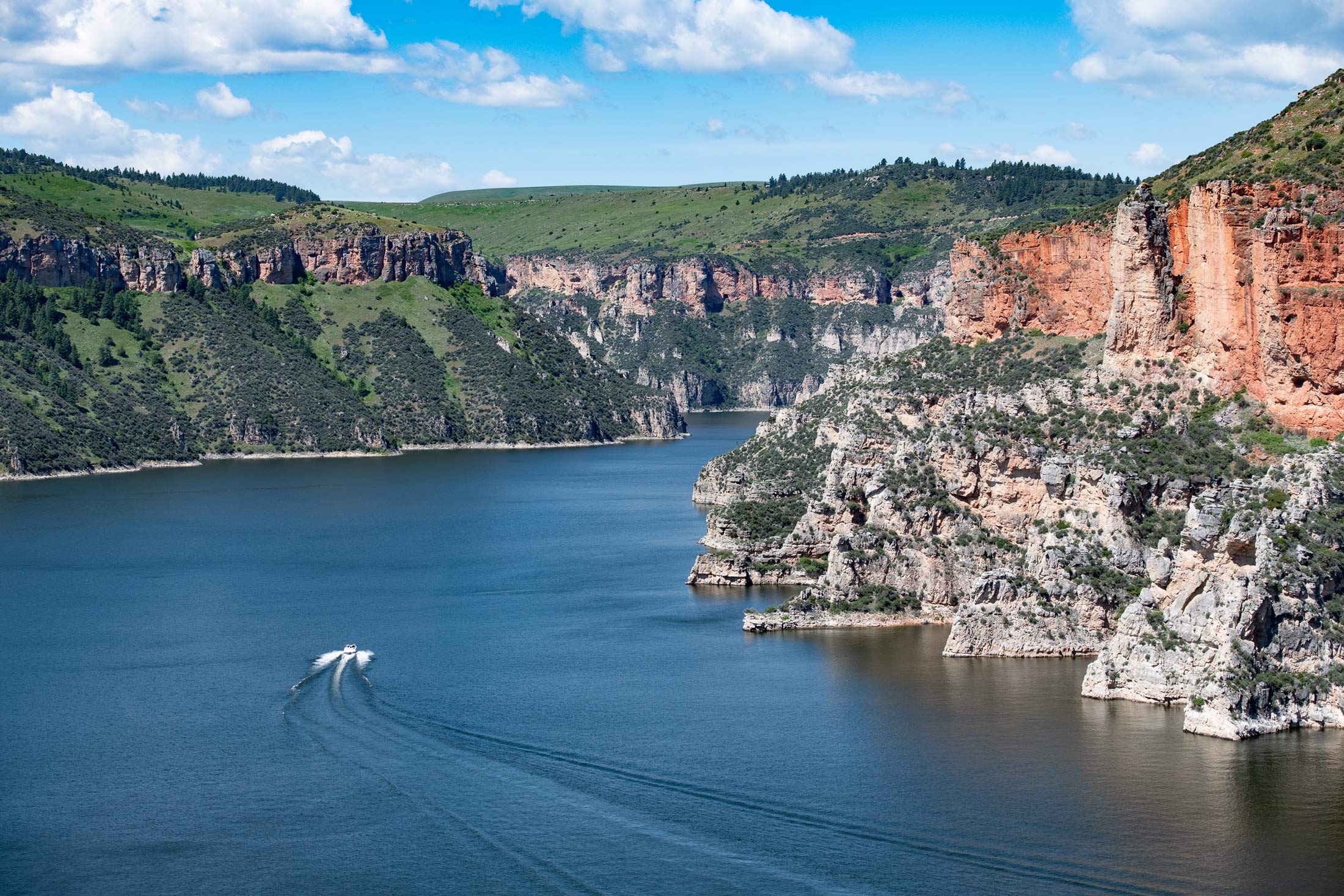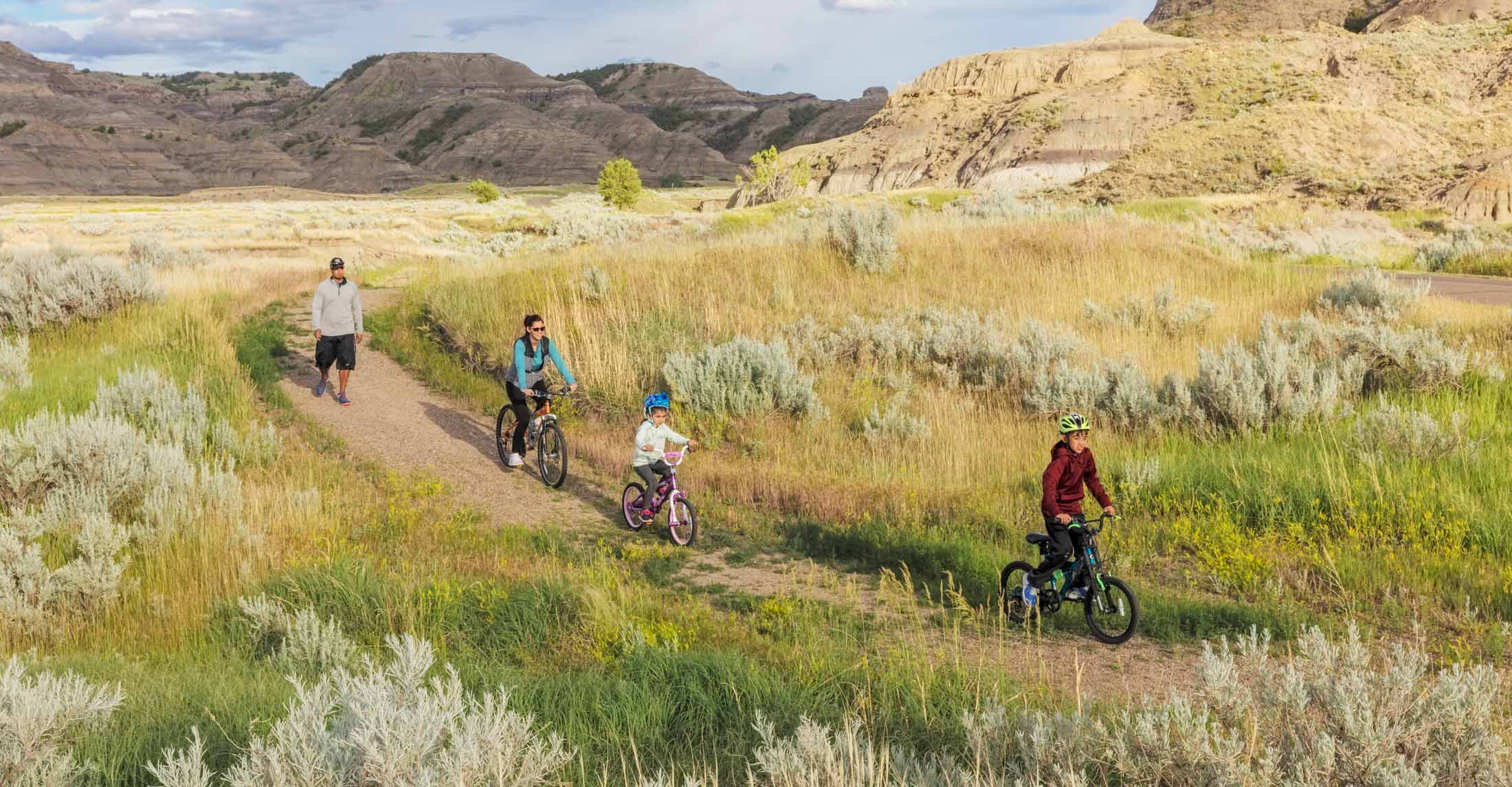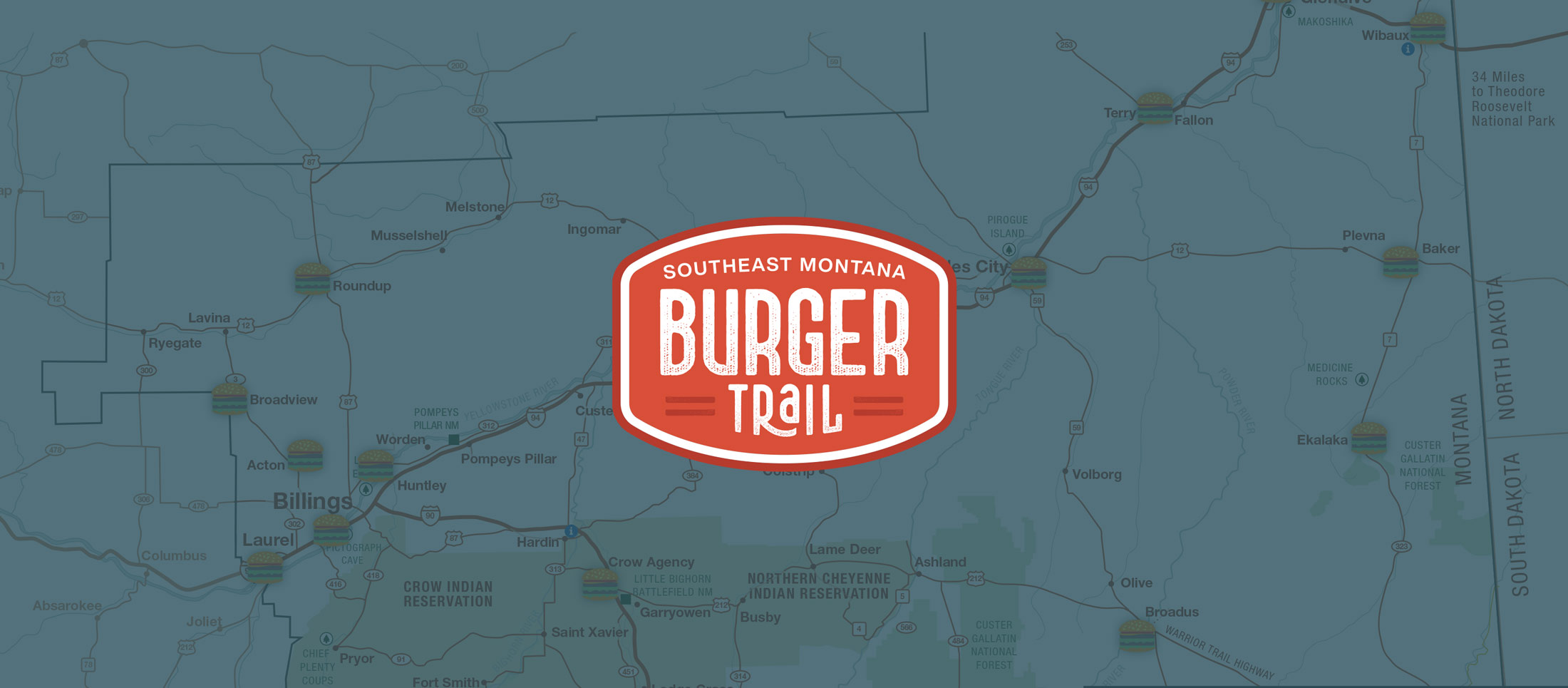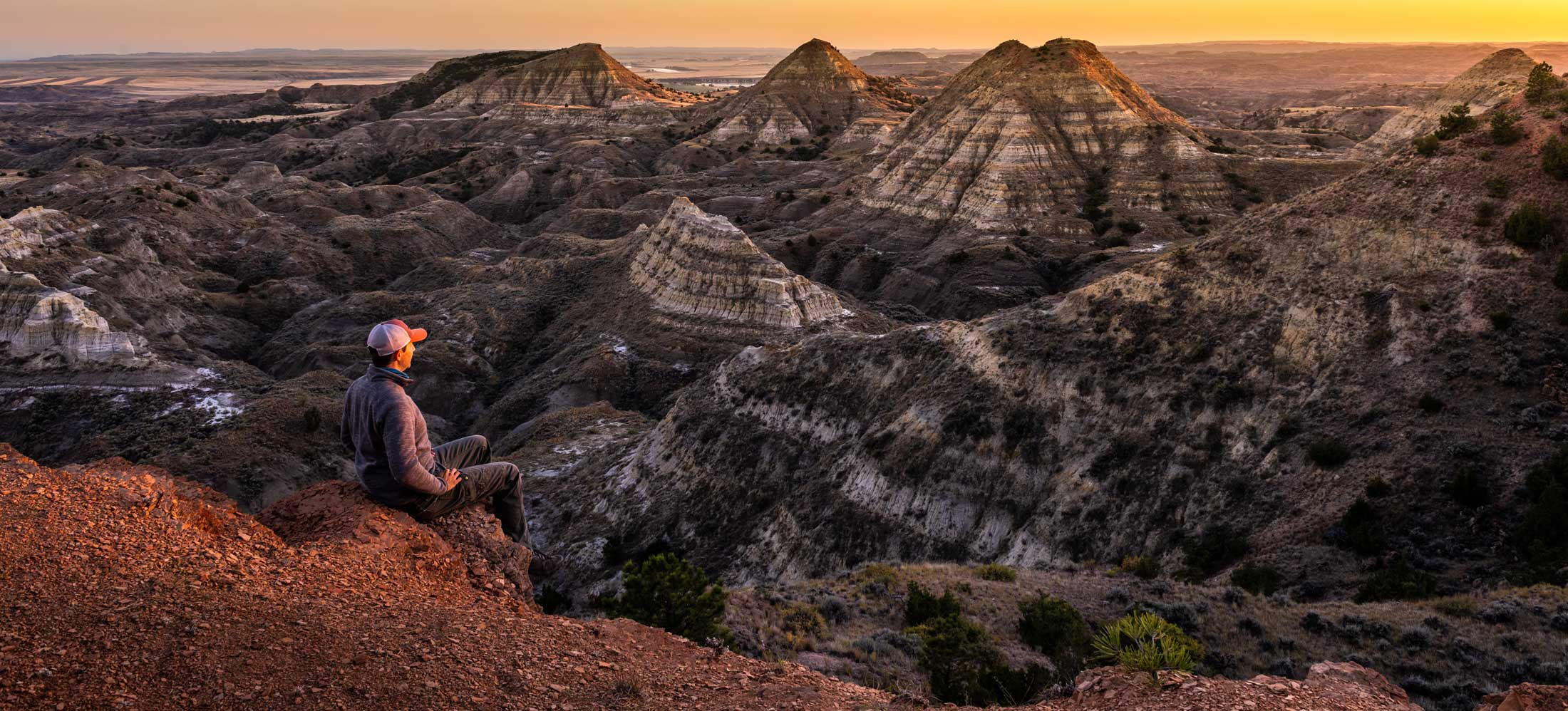It doesn’t matter what type of boat you have, being out on the open water with the wind in your face is a feeling like no other. In Southeast Montana, summer temperatures can soar well into the 90s, and spending time on the water helps beat some of those hot days. The lakes and rivers in Montana are as distinct as the landscapes that surround them. We invite you to BYOB – bring your own boat - and explore the waters of southeast Montana.
Bighorn Canyon National Recreation Area
Head to the North Unit of the Bighorn Canyon National Recreation Area and be prepared to feel small in the face of the 1,000 foot high cliffs. Get off the grid (there’s limited to no cell service in the canyon) and navigate the twists and turns while watching for wildlife traversing the landscape. It’s not uncommon to see a black bear at home in the canyon.
While this waterway is formally known as Bighorn Lake, the locals call this area Yellowtail, named for Yellowtail Dam. You can find out more about the years-long project to construct the dam at the Visitor Center in Fort Smith, which is open seasonally. Walk through the center and get an amazing view of the 525 foot high dam that creates the lake.
Because one day isn’t enough to explore the 70+ miles the canyon offers (47 miles in Montana, the rest in Wyoming), bring your own camping gear and stay the night. Sleep under the stars at one of the National Park Service (NPS) campgrounds only accessible by boat. For day-trippers, the NPS manages boat-in bathrooms and picnic areas around the canyon. Stop by the Ok-A-Beh Marina near Fort Smith to stock up on any supplies you may have forgotten. If you don’t have your own boat to bring, you don’t have to miss out on all the canyon offers. Make reservations with the marina to rent a pontoon for a couple hours, or for the whole day.
Fishing the lake is also a popular activity. Numerous fish species populate the lake, including walleye, which have made a home in the waters since the dam was installed.
Check here to make sure your boat passes all the requirements needed to be on the water, including an inspection for aquatic and invasive species. There is an inspection point in the Fort Smith district.
Canoes and kayaks are also a great way to explore the canyon.
Bighorn River
Just below the dam, the Afterbay and Bighorn River offer world-class fishing where the fish species are extremely diverse. Motorized boats aren’t allowed on the river, so stick to the canyon or Afterbay with those. However, drift boats are common on the river, as fishermen come from all over to catch trout in this premier stream. In normal water flow years, trout can average upward of 11,000 per mile. The Afterbay is a reservoir below the dam, where water is collected. A habitat for fish, the 181 acre reservoir is plentiful in trout. Or, head to one of the fishing access sites along the 80 plus miles of the Bighorn River from the dam to its confluence with the Yellowstone River. Try your hand at the river yourself, or pick from a group of outfitters and guides located all along the river to help in your quest for catching the perfect fish.

Tongue River Reservoir
For a look at Southeast Montana’s wide-open prairies, head to the Tongue River Reservoir. The 12-mile long lake offers scenic views of the red shale formations and juniper canyons. The big, open areas throughout the lake are popular for water sports like tubing and water skiing. If you’re looking for a more leisurely activity, you’ll also spot pontoons floating along. Chances are you’ll come across fishermen scattered across the water, trying to catch record-setting fish. The reservoir has produced the state record for biggest black crappie (caught in 1973) and Northern pike (caught in 1972).
With two boat launches, dozens of camping sites and a sandy beach, you’ll find the reservoir a busy spot in the summer months. The marina offers park passes for non-residents, fishing and boating supplies, gasoline, snacks, fishing licenses and more.
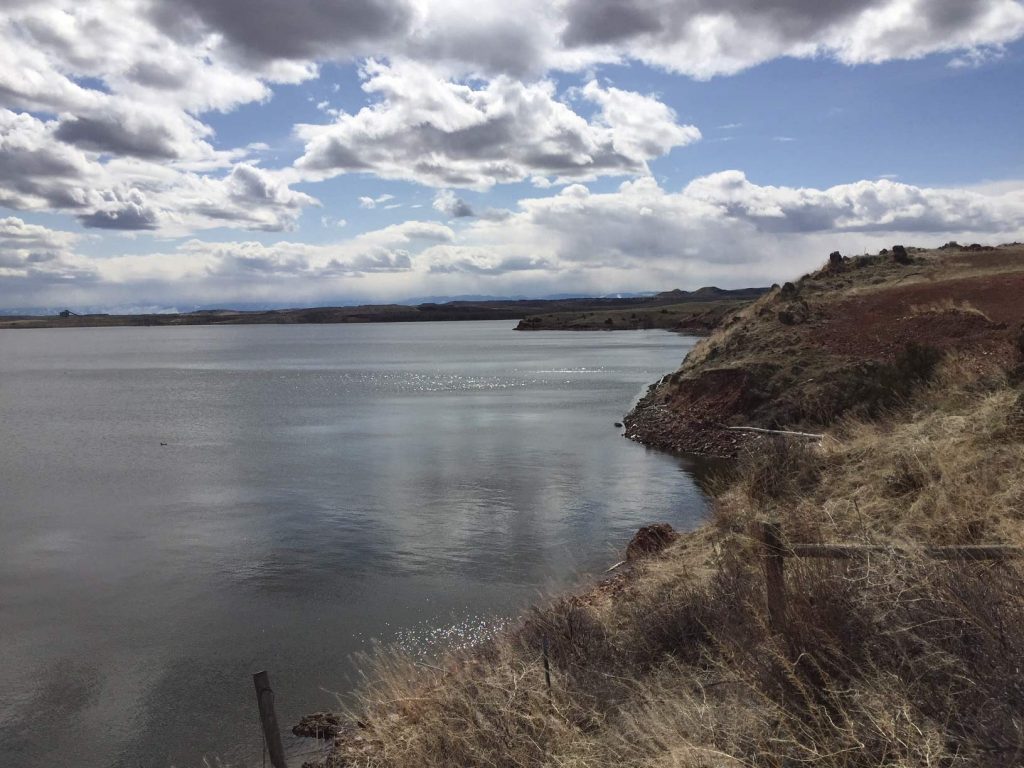
Castle Rock Lake
Want in on a secret spot for fishing? Head to Castle Rock Lake in Colstrip to find some great walleye, pike and bass. A boat launch will get your non-gas motor boat in the water for a day full of fishing. Take a break and walk the 3.2-mile loop around the lake, or have lunch at one of the picnic tables situated around the reservoir. The body of water is owned by the neighboring Colstrip Power Plant, and offers a peaceful, but scenic view of the surrounding landscape. Find more information about the types of fish in the lake and reports on the water conditions here.
Canoeing and Kayaking
Taking out a smaller watercraft, like a canoe or kayak? There are several places along the Yellowstone River where you won’t be fighting for spaces with larger boats. One of those stops is the Matthews Recreation Area near Miles City. While there are no actual boat launch facilities, you can put smaller vessels in here. Or, head to Lake Elmo in north Billings, a 64-acre reservoir is reserved for non-motorized boats like canoes, kayaks and paddleboards.
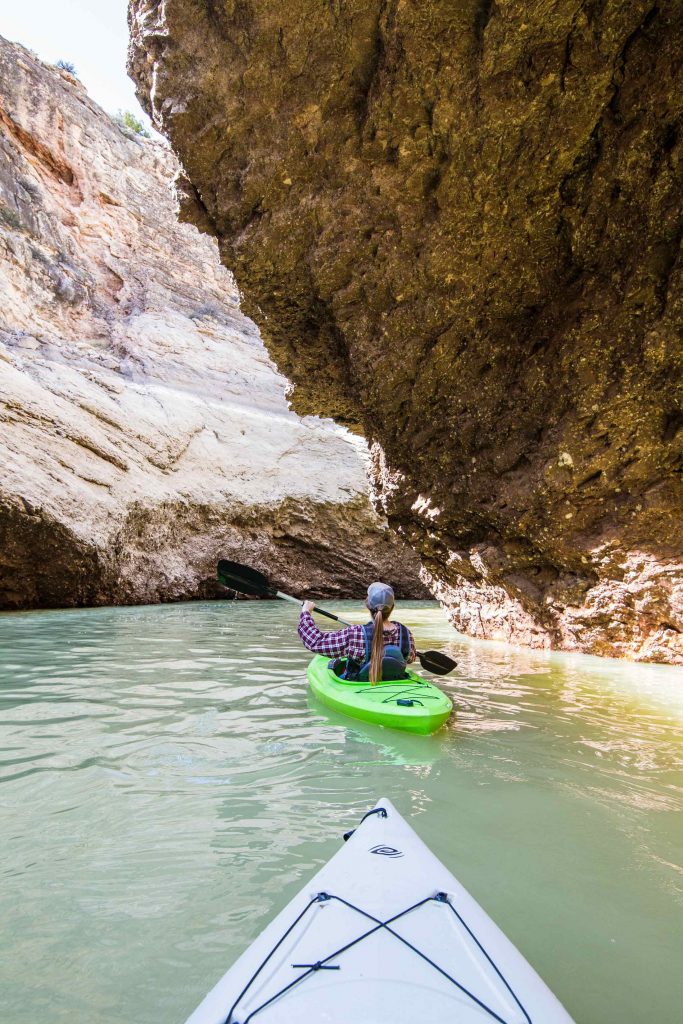
Wherever you plan to put your boat in the water, stock up on all essentials and check in on water conditions before heading out. If coming in from out-of-state, be prepared to have proof your boat was inspected prior to being on the water to fight invasive species.
We look forward to seeing you on the waters out here.

